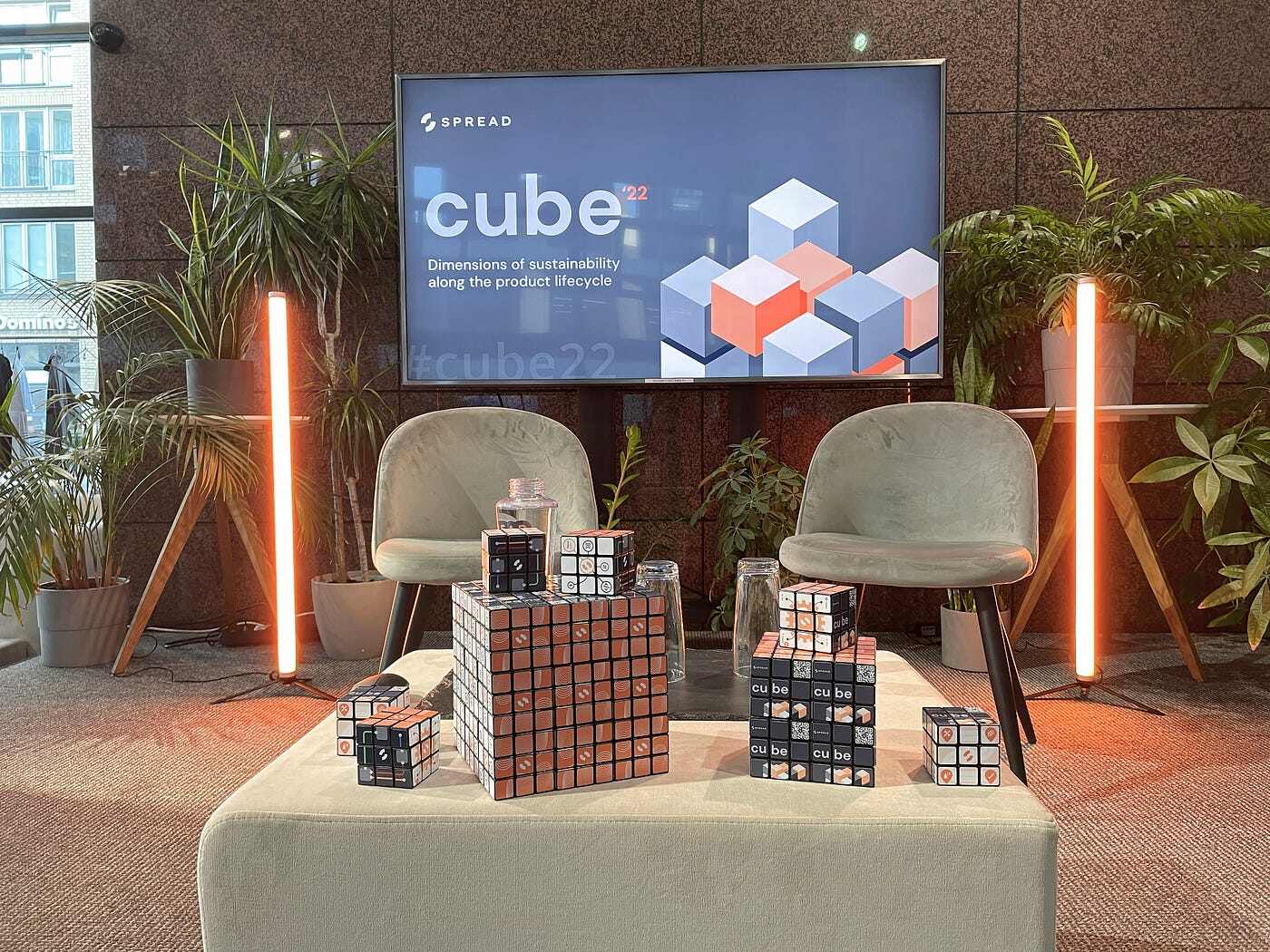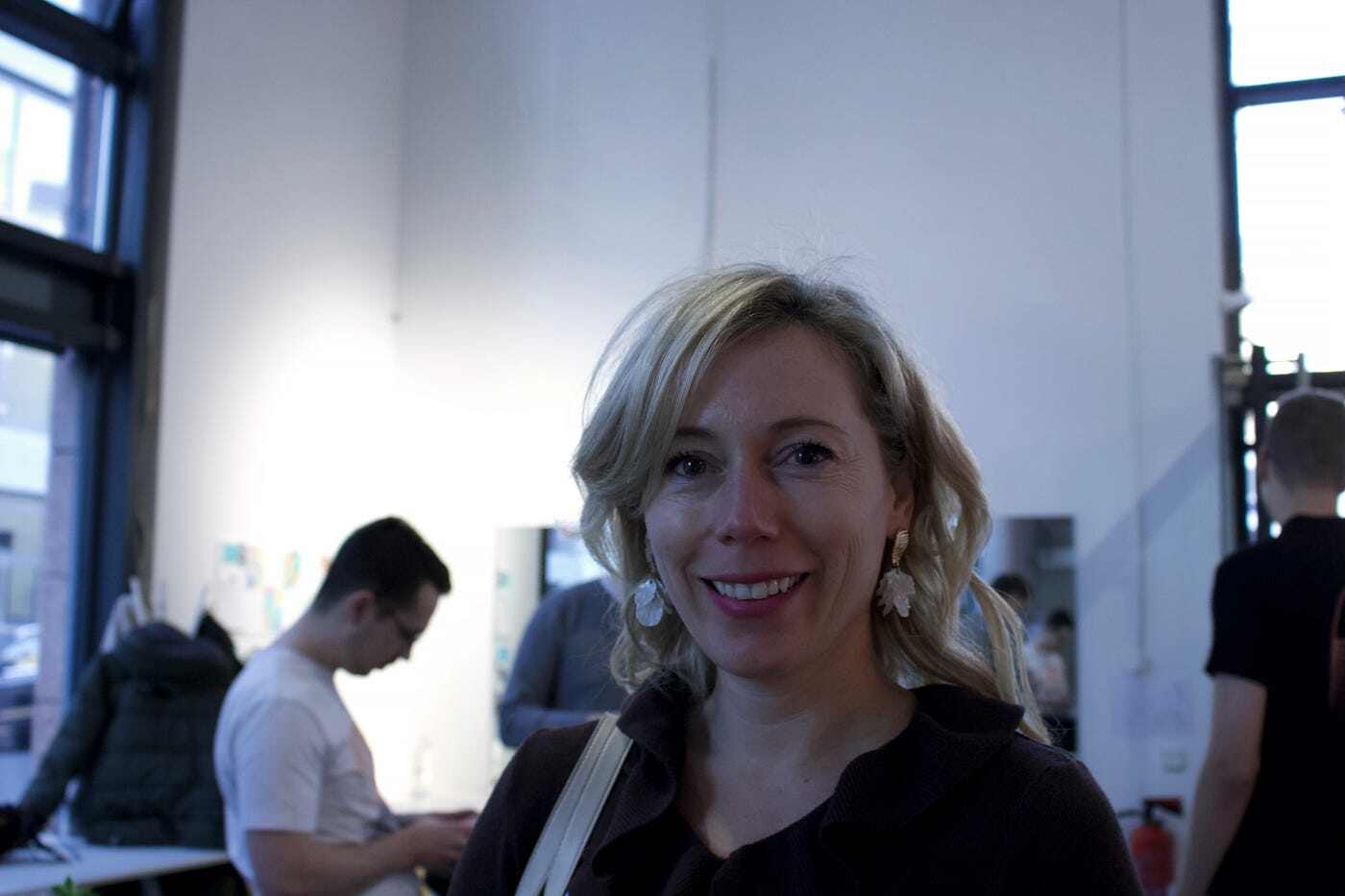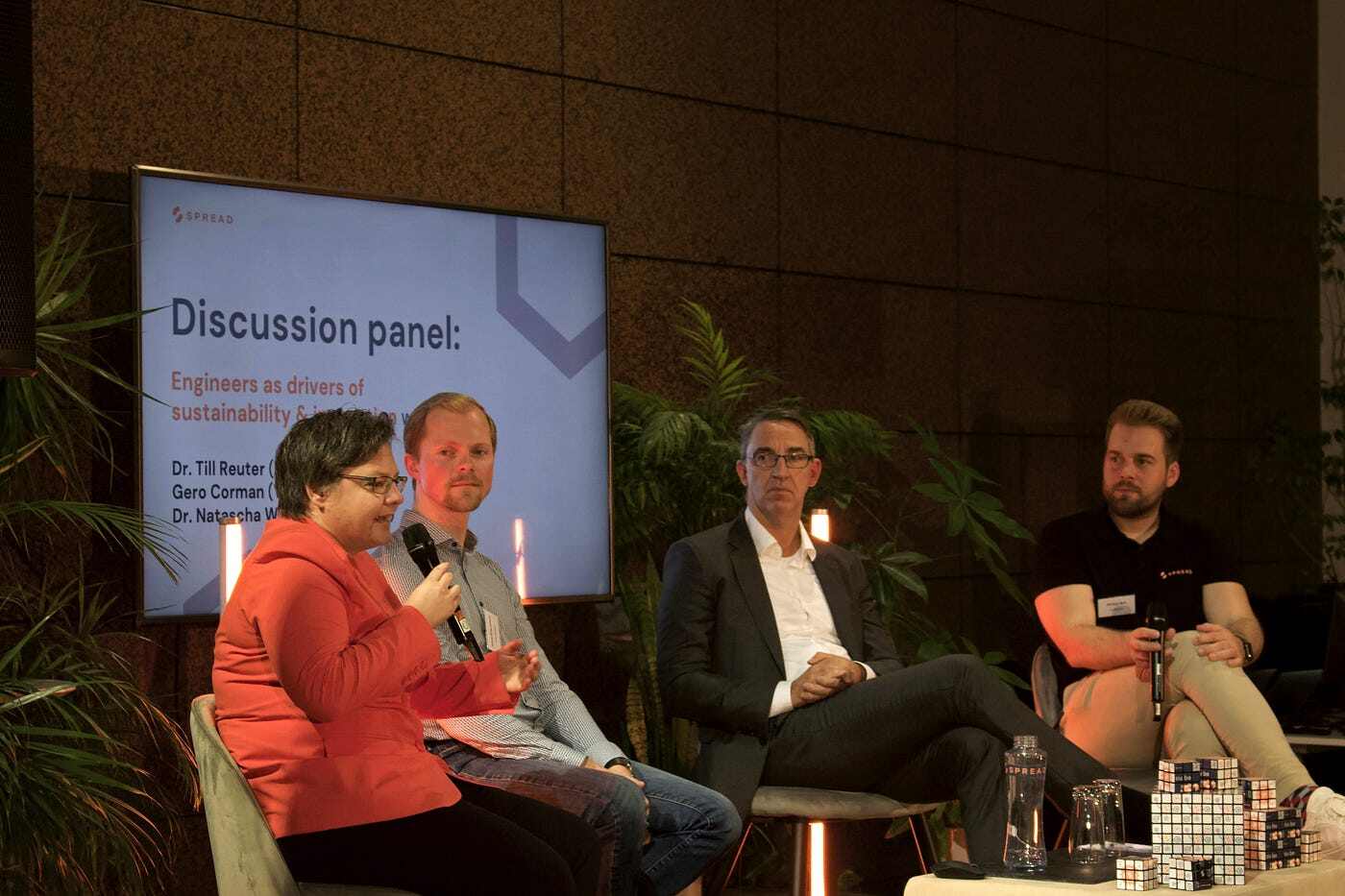SPREAD Cube: 6 degrees of Engineering Intelligence in the product lifecycle
It’s been one week since #CUBE22 and we’re still buzzing with excitement. Our first annual event for the SPREAD community was a big win for many reasons, so I wanted to share some insights for those who couldn’t make it:
Starting with the ‘why’
We’ve been thinking of hosting our own event for a while. An occasion which brings together people from our customers and partners to share ideas from every phase of the product lifecycle. After all, our biggest success stories and product ideas always came from bringing the expertise of different departments from our customers, who might have not even known each other before, together with our own.
Based on this, the first guiding principle for launching a new event series was clear: bringing people together to discuss ideas for the products of the future, enabled by our capabilities to manage product complexity and resolve silos inside our customers’ organizations.
Our second thought was, “what do we call this?” to which we found a perfect fit with ‘CUBE’.

Why? A cube brings together 6 different sides, which is precisely what we wanted to achieve with this event series.
For us, those sides are the 3 phases of the product lifecycle — R&D, Production, and Aftersales, and the 3 domains of the product — Hardware, Electronics, and Software.
Now, let’s look at the 6 sides of our CUBE — the 6 elements that made our event so special:
1 — Community
We’re firm believers that great things happen when you bring cool people together with a shared purpose. To do just that, we invited around 50 members of our community to share their unique expertise and take part in an afternoon of lightning talks, expert panels, and interactive sessions. They were all from different engineering disciplines, industries, and domains, which led to animated discussions, even beyond the scope of the agenda.

It was a relatively small gathering, which meant that people had the chance to talk to everyone and have meaningful conversations without it being too hectic.
In fact, the actual program of the event seemed almost secondary; the main feedback we got from guests was about how much they enjoyed talking with the other people there.
2 — Shared goals
The goal of CUBE was (and continues to be) promoting collaboration between people who wouldn’t normally interact or work together, and giving them a platform to find ways to approach some of the biggest issues we face — sustainability, engineering, and complexity vs innovation.
Getting people to come to Berlin from all over on a busy Tuesday in the middle of Q4 was admittedly a challenge, but the fact that we got so many people here says a lot.
During the software panel, Frank Hocke, a Volkswagen veteran sitting in the audience, got up on stage and said:
“…bringing people from the new world together with the old world is exactly what we need in our organizations. I am sitting now here, meeting people from inside my company which I did not get to meet since long or ever before."

I believe there is no better indication that we set the right principles for launching CUBE and that we achieved them.
3 — Open discussions
Our session on software complexity in the automotive world was a definite highlight for many reasons.
For one, we got a rare, behind-the-scenes look into how Mercedes-Benz is addressing the knowledge silos of software configurations from Chris Seiler, Product Owner MB.OS at Mercedes.
For two, the discussion led by Christiane Viereck, VP of Automotive at Capgemini, who is working closely with VW’s software unit CARIAD, also featured Chris Seiler and our own Daniel Wilms, who spent a decade on software research at BMW.

It was, essentially, a representation of the entire German auto industry on one stage, conversing openly, honestly, and without self-promotion about an urgent topic that affects every automaker in the world.
A notable quote from the discussion:
“Nobody can do it alone. We need a community approach — product data belongs to everyone working on that product. We need to be proactive vs reactive in this aspect.”
4 — Engineering mindset
Ignoring a problem won’t make it go away. Let’s discuss the issues head on and find a way to fix them. Dr. Natascha Wolski, formerly a Member of the Board at Benteler Automotive, argued that large organizations, especially in Manufacturing, need to adopt a failure culture:
“We have to put the harsh facts on the table. Then, we can improve. I simply like data — the more data you have, the faster you get to the point.”

5 — Sustainability focus
Bold engineering innovation is what we consider the most impactful approach to helping our industry become sustainable. The afternoon kicked off with three short talks from our Product experts. Daniel Metzinger (R&D), Thomas Stosic (Production), and Frederik Günther (Aftersales) walked us through the different dimensions of sustainability along the product lifecycle.

In our second panel, SPREAD Co-Founder Philipp discussed how automotive & machinery manufacturers can enable engineers to drive innovation & sustainability with Dr. Natascha Wolski, Volkswagen’s Jakob Engelmann, and Dr. Till Reuter, the former CEO of KUKA.
6 — Serious fun
Building a strong community not only means bringing together good people to discuss interesting topics. Human connections are strengthened by having fun together, too.

That’s why we had lots of snacks & drinks, music, and even some interactive games to fuel the discussion late into the night.
The Lego Technik assembly line was a nostalgic approach to discuss the future of manufacturing, and the sustainable wiring harness game, created by our own Dr. Jens Hoff, got very competitive as the night went on.

Of course, there were also CUBE cubes ;)
Looking back
Measuring our first CUBE last week against those key principles we have set ourselves in the first place — it was a tremendous success. We also received tremendously positive feedback from one attendee, who wrote us afterwards:
“I would like to thank you again and the whole SPREAD team for the invitation to yesterday’s company event. This event was very well organized, and the content was very well prepared, vivid, understandable, and the presence of the leading automotive OEMs shows a strong recognition of SPREAD within the industry. I liked this very much, and this included of course, the exchange with the guests.”
Special thanks in this regard goes out to the people directly involved in organizing and running the event, as well as the rest of the SPREAD team.
Everything we are building every day is, after all, there to bring more people together — to ultimately increase our customers’ ability to leverage their full engineering potential and create more innovative & sustainable products more efficiently.
That also tells us: without all of us working together on our shared vision, none of this would have been possible.
Watch the recap


